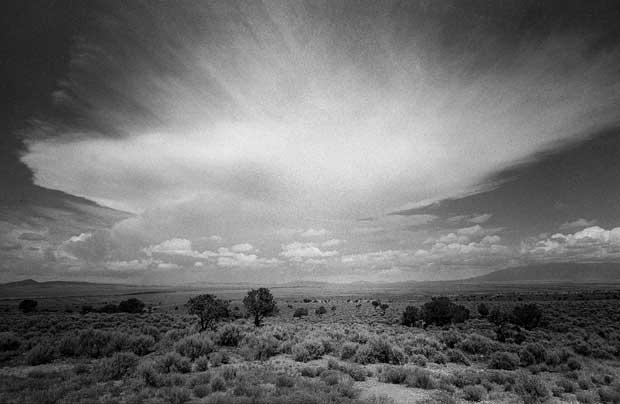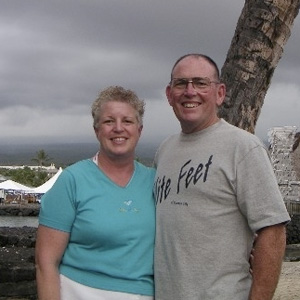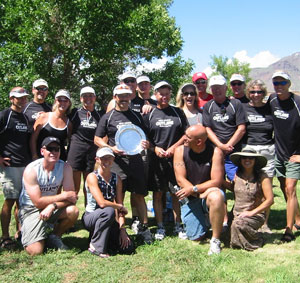Longest Running Triathlons
We are here to honor the longest continuously run triathlons. Many events were there in the first decade but fell by the wayside. Some are still around but skipped years and thus did not make this list. Several of these pioneering events came before triathlons settled on the standard three sports and substitute a paddling leg for the swim. Many of these original triathlons also shuffled the now standard swim-bike-run order as well. But all of these have exhibited perseverance and care for quality and have become traditions, festivals – even legendary.
Eppie’s Great Race
Sacramento area restaurateur Eppie Johnson founded this event on July 27, 1974 – two months before triathlon’s Fiesta Island debut. It is a self-proclaimed “World’s Oldest Triathlon,” aka the “No Swim Triathlon,” and also bills itself as the “Largest Paddling Event in the United States” with more than 2,000 participants each year. It will be celebrating its 43rd annual race on July 16. Eppie’s features a 5.82-mile run, 12.5-mile bike leg and 6.35-mile paddle held on the scenic American River Parkway in Rancho Cordova and Sacramento, California. Sadly, Eppie Johnson died in September 2013 after the 40th anniversary event which, over time, has raised more than $1 million for a Sacramento County charity providing recreational services for the disabled.
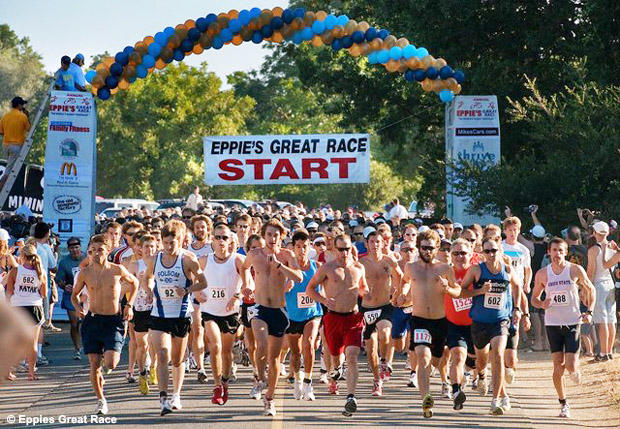
Optimists Club of Coronado Sports Fiesta Triathlon
September 3, 2016 will mark the 42nd edition of this oldest continuously run triathlon made up of the now traditional swim, bike and run legs. Like many of the pioneers, Coronado shuffled the order and the race starts with a 400 yard swim followed by a 1 mile beach run and a 4 mile bike leg.
As Ironman co-founder Judy Collins wrote, when Stan Antrim and Bob Weaver planned the first triathlon course for the Coronado Optimist Club Sports Fiesta, Antrim wanted to keep the run course short. That was because he wanted swimmers to sign up for the Coronado Masters Association adult swim group and he thought a short run down the beach would attract more swimmers.
In the first edition of this event on July 27, 1975, the bike leg came first. The bikes were lined up side by side across the road where the Ocean Boulevard gate led to the Naval Air Station. John and Judy Collins’ son Michael leaned down to adjust his bike and the next thing he knew all the bicycles on his row fell down in a cascade across the road. From then on, the bicycle leg came last.
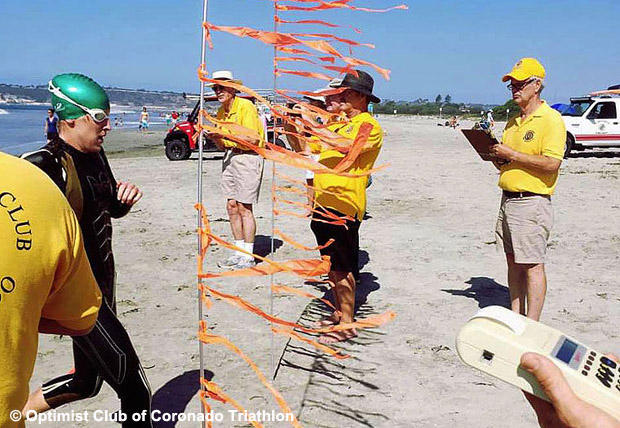
Los Alamos Triathlon
The first Los Alamos Triathlon was held in 1976 and this year the July 30 edition will be the 41st. While it claims to be the “longest continuously running triathlon in the country,” it falls short of fellow non-standard triathlons – Eppie’s Great Race and the Optimist Club of Coronado Triathlon. Like those two pioneering predecessors, the order is off. It begins with a mass start 12.4-mile bike leg that starts at 7,400 feet and heads out past the famed Los Alamos National Laboratory [which developed the first atomic bomb], climbs toward a turnaround which is surrounded by mountainside and forest. Next is a 400-meter swim in the Walkup Aquatic Center, then a 5k downtown run. At its peak, Los Alamos had a field of 500, but now the non-USAT sanctioned event draws about 200 entries.
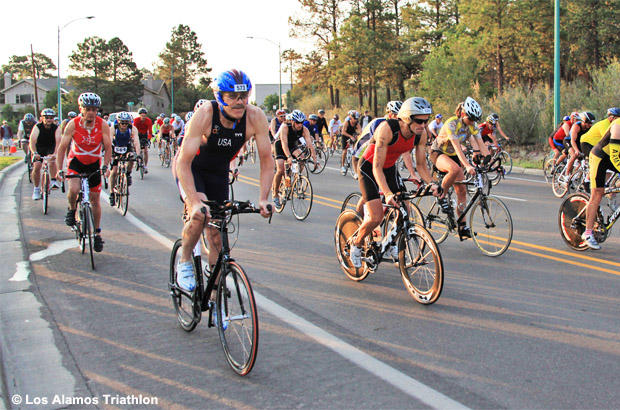
Outdoorsman Triathlon
The inaugural Outdoorsman Triathlon in Bryson City, North Carolina was held in 1976 and the September 24-25 races will be the 41st edition. The Outdoorsman also claims to be the “Nation’s Oldest,” and like other pioneering triathlons, it is a non-standard triathlon starting with a 1 mile swim, followed by a 4-mile run and concluding with an 8-mile paddle down the Little Tennessee River. In 1976, outdoorsman Payton Kennedy, Olympic canoeist John Burton and Georgia Tech professor Russ Callen challenged all comers to the Great Smoky Mountains to contest “an outdoorsman’s triathlon.”
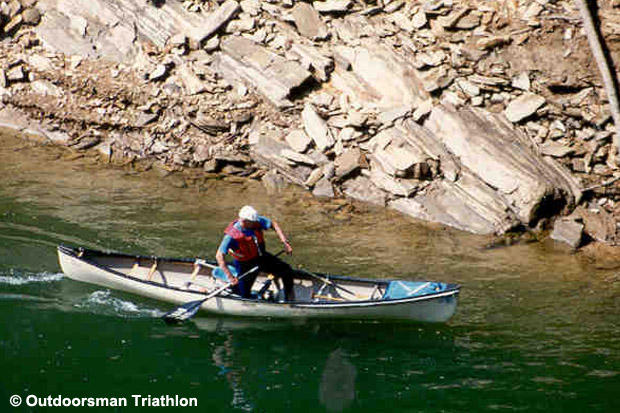
Great Josh Billings RunAground Triathlon
Founded in 1977, the Great John Billings RunAground Triathlon is a Massachusetts team relay event consisting of a 27 mile bike leg from Great Barrington to Stockbridge, a 5 mile paddle leg for canoeists, kayakers and SUPs around the Stockbridge Bowl, and a 6 mile run around the lake ending at the Tanglewood Music Festival grounds in Lenox. Josh Billings was the pen name of Henry Wheeler Shaw, a 19th-century Berkshire-area humorist whose saying “to finish is to win” is the motto of the RunAground. The September 18 event will be the 40th edition of this event for all ages and abilities.
Ironman World Championship
The humble beginnings of triathlon’s most famous event are well known. U.S. Navy Commander John Collins and his wife Judy offered to settle a bet about whether a swimmer, cyclist or runner was the best all-around athlete by combining three existing Oahu events – the 2.4-mile Waikiki Roughwater Swim, the 115-mile (shortened to 112-miles) Around-Oahu Bike race, and the Honolulu Marathon for the inaugural February 1978 Ironman. Fifteen men showed up, 12 finished, and three years later the second race director Valerie Silk moved the event to the Big Island of Hawaii. In 1982 there were two Ironman races as the event switched from February to October. On October 8, the Ironman World Championship will hold its 40th race on the traditional Kona course contested by a highly selective field of 2,000 triathletes.
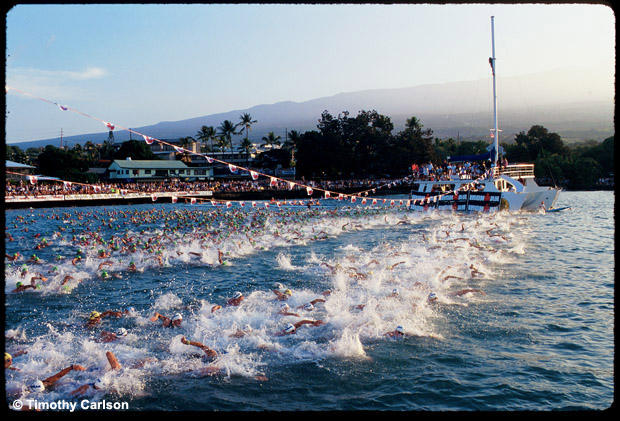
Newport Beach Triathlon
Its original name was “Ancient Mariner and Rusty Pelican Triathlon – A Human Race” and now it is known simply as the “Newport Beach Triathlon.” It features a half mile swim in Newport Beach’s Back Bay, a 12-mile bike leg around Fashion Island and a 5k run along upper Newport Bay. It began in 1978 and on October 2 will hold its 39th edition.
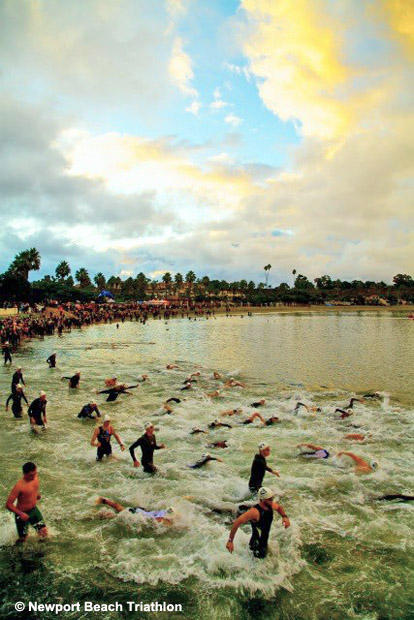
The Great Race
This Auburn, New York team-only relay triathlon was begun in 1978 and on August 14 will stage its 39th edition. Held at Emerson Park on the northern end of Owasco Lake, 2, 3 and 4 persons teams begin with a runner (5k or 10k), hand off to a cyclist (10 or 20 miles) and then hand off a kayaker or 2 canoeists (2 or 4 miles). The original race committee chose to call it the Capt. Myles Keogh Paddle, Wheel & Run, named after an Auburn man who died with Custer at Little Big Horn. Fearing the race needed a short, catchy title, they came up with "The Great Race," named after a 1965 slapstick movie. The first year the race attracted 125 teams. Today team entries average 600.
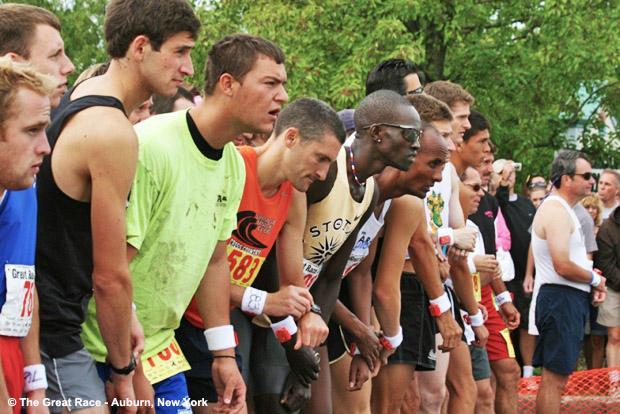
Music City Triathlon
Shortly after reading the epic Sports Illustrated article about the 1979 Ironman, Vanderbilt cross country and track coach Tom Raynor decided to put on a half Ironman-distance event in Nashville. Thirteen competitors showed up in the summer of 1979 at Percy Priest Lake, estimated a mile course and swam it. Then they jumped on their bikes and rode a 56-mile route to Percy Warner Park. Along the way, Raynor was broadsided by a station wagon and his bike was destroyed, but he finished the ride on another bike. Everyone then ran a round trip 13 miles to Centennial Park and back. Today, the Music City is an off-standard 1.5k swim, 19-mile bike leg and 7-mile run. The July 24, 2016 race will be the 38th edition.
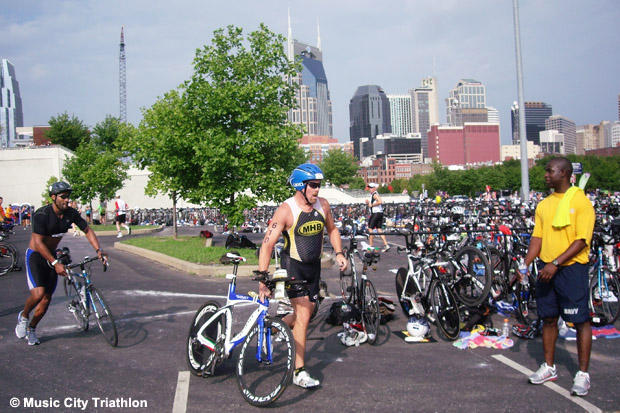
Super Frog Triathlon
Designed by Navy SEALs in 1979, SUPERFROG Triathlon is the first and longest-running half Ironman. The original intent was to prepare SEALs for the new Hawaii Ironman Triathlon and to encourage the new sport of triathlon among the Navy Underwater Demolition (UDT) and SEAL Teams. It continues to invite triathletes with disabilities to participate as individuals or in relay teams.
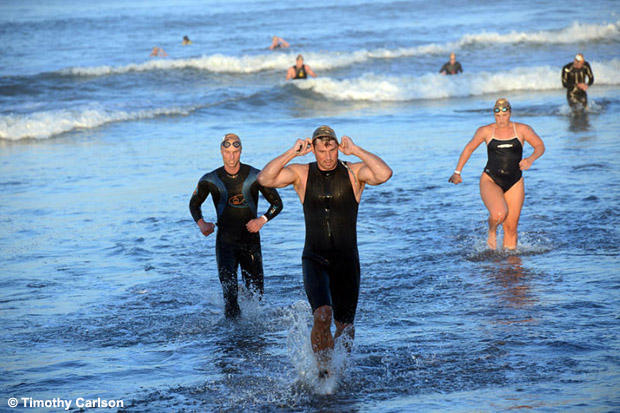
The race starts behind the BUD/S Naval Special Warfare Center on Coronado Island with a 1.2-mile ocean swim, then heads south on the Amphibious Base on Highway 75 on a 4-lap, 56-mile bike course, and finishes with a multi-loop, 13.1 mile run on the beach. The September 25, 2016 Super Frog will be run as an Ironman 70.3 event and will be the 38th edition of this historic triathlon.


